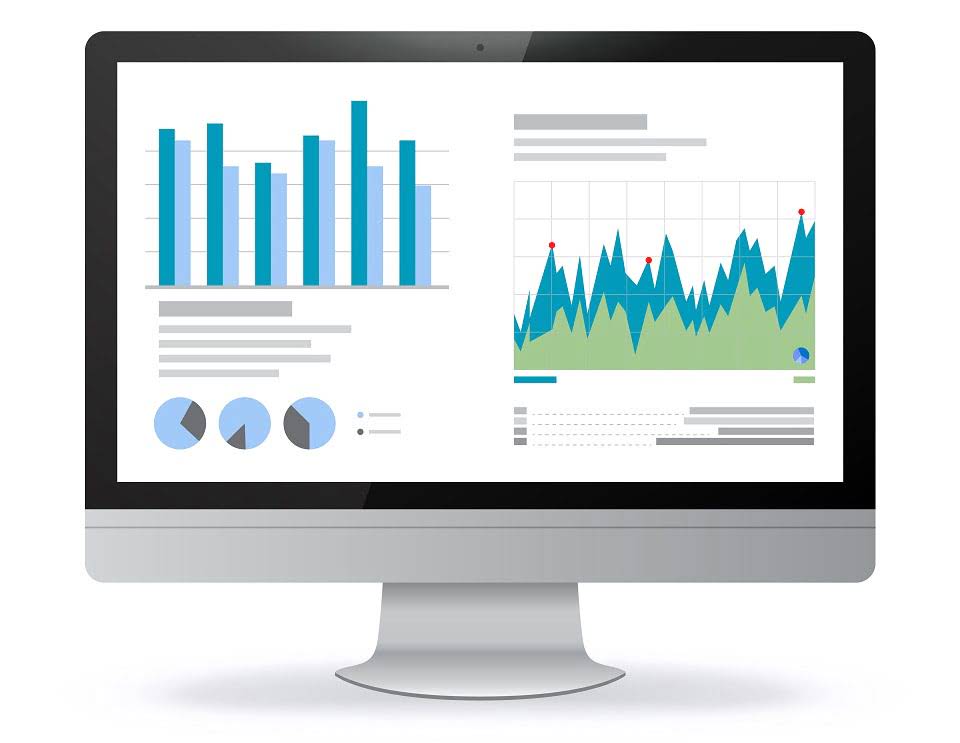
Encumbrance accounting is only concerned with creating encumbrance journal entries for documents such as purchase requisitions and purchase orders. Throughout this article, we have explored the definition of encumbrance accounting and its significance in financial operations. We have discussed the various types of encumbrances, the process of recording and reporting encumbrances, and provided practical examples to illustrate their application in real-world scenarios. While encumbrance accounting provides numerous benefits, each sector also faces unique challenges and considerations. In government, public sector, and non-profit organizations, strict regulations and reporting standards must be adhered to. The complexity of budgetary processes, shifts in funding sources, and changing priorities pose additional challenges.
- Now that we have explored the benefits of encumbrance accounting, let’s consider its limitations.
- It’s important to uncover any and all encumbrances on property, whether personal or real estate, in which you’re interested before buying.
- For example, a neighbor may have the right, based on agreement with the property owner next door, to prevent that owner from mowing their lawn on certain days of the week.
- It is important for buyers of real estate to be aware of any encumbrances on a property since these will often transfer to them along with ownership of the property.
Demystifying Encumbrance Accounting: Definition And Recording

By embracing encumbrance accounting, companies can enhance their budget control, improve cash flow predictions, and make informed decisions based on accurate financial information. Whether implemented manually or through specialized software, encumbrance accounting empowers organizations to achieve accurate financial reporting and ultimately, drive their financial success. Encumbrance accounting offers numerous advantages, including improved financial management, better budget control, and more accurate predictions of cash outflow. By implementing this method, companies can effectively track future payments and expenses, providing a detailed view of cash flow. Implementing encumbrance accounting requires careful planning and execution to accurately calculate and track encumbered amounts for future payment commitments.

How often should encumbrances be monitored?

The purchasing company spends the encumbered amounts after confirming vendor invoices referring to the purchase order. This results in a credit of the invoice amount to the encumbrance account, reducing its balance. The definition of an encumbrance is not the same as used in the real estate profession, where it means mortgages, property liens, and easements. You can request this specific information from your real estate agent or the seller. In addition, when you perform a title search, you should find out about any outstanding claims or liens. The lender, generally a bank, retains an interest in the title encumbrance accounting to a house until the mortgage is paid off.
What are the Top 5 Accounts Payable Alternatives to Bill (formerly Bill.com)
This allows for better expenditure control and prevents overspending, ultimately leading to improved financial stability. In the public sector, encumbrance accounting plays a vital role in managing taxpayer money and delivering essential services. It helps public organizations monitor and control their expenditures, ensuring funds are allocated efficiently and in accordance with public needs. Encumbrances also facilitate transparency and accountability, allowing for better financial reporting and auditing. Encumbrance accounting is utilized differently in government, public sector, and non-profit organizations, with unique requirements and regulations to ensure transparent financial management. In the government sector, encumbrance accounting is crucial for budget control and compliance with legal and regulatory Bookkeeping for Chiropractors frameworks.
- The encumbrance accounting process is a vital component of effective financial management.
- For example, in government organizations, the tracking and control of encumbrances are of utmost importance due to the need for transparency and accountability in the use of public funds.
- Contract and Grant Cost Share Encumbrances are created for purchase orders that are cost-share funded and coded with balance type code CE.
- In the government sector, encumbrance accounting is crucial for budget control and compliance with legal and regulatory frameworks.
- A lien is a type of security interest—an encumbrance that affects the title to a property.
By accurately recording and tracking encumbrances, businesses can avoid overspending and ensure that they have enough funds to cover their commitments. Encumbrance accounting is a crucial financial tool that allows companies to track future payments and expenses, providing a detailed view of cash flow. It is a method that helps businesses reserve funds for future liabilities, ensuring accurate financial reporting, budgeting, and analysis. By incorporating encumbrance accounting practices, organizations can optimize their financial resources and foster financial stability and success. They ensure that funds are reserved for specific expenses, assisting in budget management and preventing overspending.
The Importance of Encumbrance Accounting

Therefore, the easement can’t be passed on to anyone who might buy the easement owner’s property. Other encumbrances, such as zoning laws and environmental regulations, do not affect a property’s marketability but do prohibit specific uses of and improvements to the land. While this does not necessarily mean the title cannot be bought and sold, it can enable the buyer to back out of the transaction, despite having signed a contract. Some encumbrances involving securities contribution margin affect the marketability of those securities. For example, if an investor uses the securities in a brokerage account as collateral for a loan from the brokerage, they may not be able to sell them. Or, if the investor can sell them, the brokerage would be entitled to enough of the proceeds to repay the loan.
- This allows for better expenditure control and prevents overspending, ultimately leading to improved financial stability.
- When the money is paid out, the bookkeeper zeros out the encumbrance account and reports the money as a paid expense.
- By doing so, you can maintain accurate records of your financial obligations and make informed decisions regarding resource allocation.
- So, embrace encumbrance accounting as a powerful tool in your financial management arsenal, and harness its benefits to drive your organization towards greater financial stability and success.
- In accounting, an encumbrance is an open commitment to pay for goods or services ahead of the actual purchase.
- When an organization creates a new purchase order or adds a new line item to an existing purchase order, the new items are encumbered to the journal.
Encumbrance Accounting Example

Despite these limitations, encumbrance accounting continues to be widely used as an effective tool for budget management, financial planning, and expenditure control. It’s important to note that encumbrance accounting follows the accrual basis of accounting, where expenses are recognized when the commitment is made, not when the actual payment is made. This ensures that the financial statements reflect a true and accurate picture of the organization’s obligations and commitments.

Leave a Reply